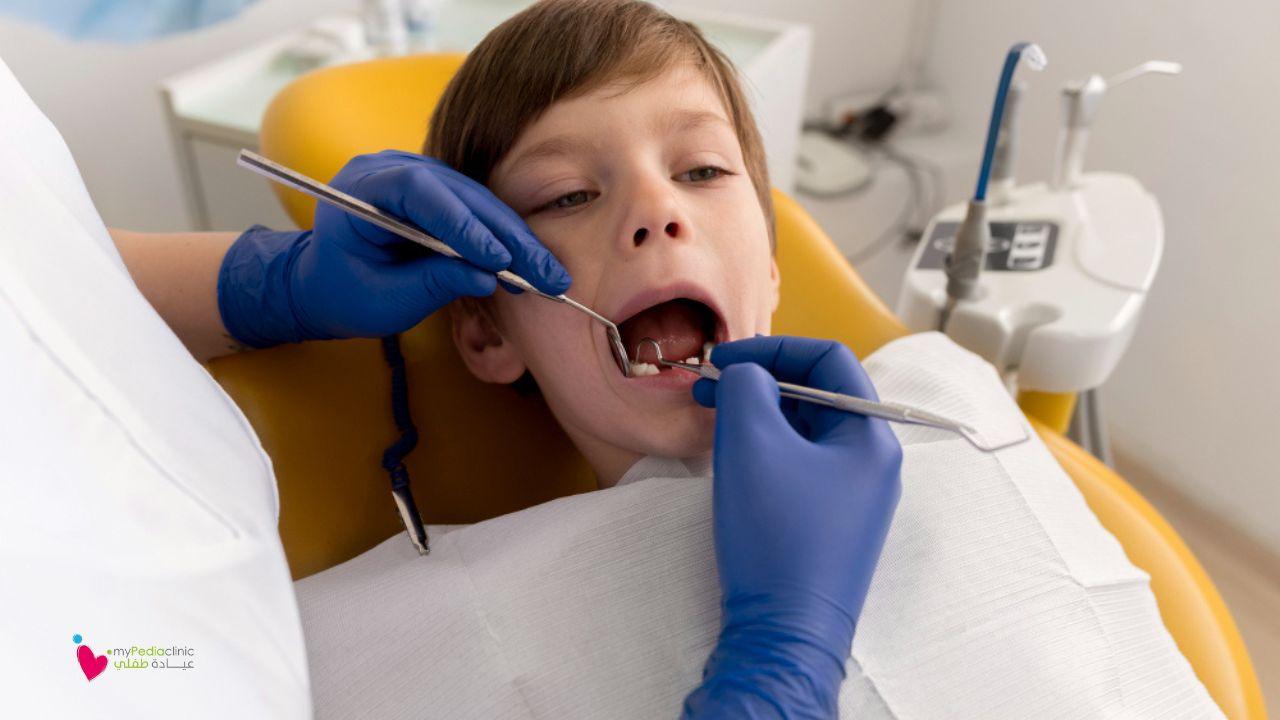How Do Braces for Kids Impact Their Overall Oral Health

Children with crooked teeth or bite problems face challenges that extend beyond appearance concerns. These dental issues can significantly impact a child's ability to eat properly, speak clearly, and maintain adequate oral hygiene. Modern orthodontic treatments provide proven solutions to these problems. Braces for kids represent one of the most effective approaches for addressing dental misalignment, offering substantial long-term benefits for oral health and overall quality of life.
Understanding Common Dental Problems in Children
Types of Alignment Issues
Various dental problems commonly develop as children's teeth emerge and grow. The most frequently observed issues include:
-
Crowded teeth - Insufficient jaw space prevents proper tooth positioning, resulting in overlapping or twisted teeth
-
Gap teeth - Excessive spacing between teeth that may interfere with proper chewing and clear speech
-
Overbites - Upper teeth protrude significantly beyond lower teeth during closure
-
Underbites - Lower teeth extend past upper teeth, creating bite irregularities
Impact on Daily Life
These alignment problems create more than cosmetic concerns. Misaligned teeth make thorough cleaning difficult, increasing the likelihood of tooth decay and gum disease development. Children may also experience speech impediments and encounter difficulties eating certain foods when teeth are severely out of position.
How Braces Work to Correct Dental Issues
The Science Behind Tooth Movement
Orthodontic braces for kids apply controlled, consistent pressure to gradually reposition teeth within the jawbone. The system utilizes brackets bonded to individual teeth, connected through adjustable wires. This sustained pressure slowly reshapes the surrounding bone tissue, allowing teeth to move into proper alignment safely and predictably.
Modern Braces Options
Current orthodontic technology offers several treatment approaches:
-
Traditional metal braces - Proven effectiveness with economical treatment costs
-
Ceramic braces - Tooth-colored brackets provide improved aesthetics
-
Clear aligners - Removable, transparent trays for specific cases
Treatment duration typically ranges from 18 months to three years, depending on case complexity. Regular orthodontic appointments allow for precise adjustments and continuous progress monitoring throughout the treatment period.
The Oral Health Benefits of Braces
Improved Oral Hygiene
Properly aligned teeth facilitate more effective cleaning routines. When teeth sit in correct positions, children can reach all surfaces more easily during brushing and flossing. This enhanced access to tooth surfaces removes plaque and food debris more thoroughly, establishing better oral hygiene habits that prevent cavities and gum disease.
Better Bite Distribution
Correct tooth alignment ensures even distribution of chewing forces across all teeth. This balanced pressure prevents excessive wear on individual teeth and reduces the risk of several problems:
-
Tooth fractures caused by concentrated bite forces
-
Uneven enamel wear on specific teeth
-
Premature tooth damage from improper contact
Braces for kids address these concerns during development, preventing more complex dental problems from emerging in adulthood. Proper bite alignment also reduces strain on jaw muscles and joints, decreasing the likelihood of temporomandibular joint disorders that cause pain and limited jaw movement.
Beyond Oral Health: Additional Benefits
Improved Speech and Communication
Correct tooth positioning directly influences speech clarity and articulation. Many pronunciation difficulties stem from improper tooth alignment, and orthodontic correction can help children achieve:
-
More accurate word pronunciation
-
Increased confidence during verbal communication
-
Better performance in academic and social situations
-
Enhanced overall communication effectiveness
These speech improvements often lead to greater self-assurance in various social and educational environments.
Better Nutrition and Eating Habits
Properly aligned teeth improve chewing efficiency and food processing capabilities. Children with correct bite alignment can process food more completely, leading to several nutritional advantages:
-
More thorough food breakdown aids digestive processes
-
Access to harder, nutrient-rich foods like raw vegetables
-
Reduced choking risks from inadequate chewing
-
Better overall nutrition supporting healthy growth patterns
Psychological and Social Benefits
The confidence boost from improved dental appearance should not be underestimated. Children with properly aligned teeth frequently experience:
-
Enhanced self-esteem and positive self-image
-
More comfortable social interactions with peers
-
Greater willingness to participate in group activities
-
Improved overall life satisfaction
This increased confidence often translates into better academic performance and stronger peer relationships.
When to Consider Braces for Your Child
Recommended Timeline for Evaluation
Dental professionals typically recommend initial orthodontic assessments around age seven. While treatment may not begin immediately, early evaluation identifies potential issues before they worsen. Many orthodontic problems respond better to treatment during periods of active growth and development.
Warning Signs to Watch For
Several indicators suggest a child may benefit from orthodontic treatment:
-
Persistent difficulty chewing or biting food effectively
-
Frequent accidental biting of the tongue or inner cheek tissue
-
Unusually early or delayed loss of primary teeth
-
Improper tooth contact during jaw closure
-
Continued thumb sucking habits after age five
-
Chronic mouth breathing or sleep-related breathing issues
Treatment timing depends on individual circumstances, including the specific problem type and each child's unique growth patterns. Some conditions require early intervention, while others benefit from delayed treatment until more permanent teeth have emerged.
Summary
Orthodontic treatment represents a significant investment in a child's long-term oral health and overall well-being. The benefits of properly aligned teeth extend throughout life, encompassing improved dental health, enhanced self-confidence, and better quality of life outcomes.
Collaboration with experienced pediatric dental professionals ensures children receive appropriate care customized to their specific needs. Consistent follow-up appointments and proper home care during treatment help achieve optimal results. Dental centers like myPediaclinic offer comprehensive orthodontic services, helping families understand treatment options and work toward the best possible outcomes for their children's dental health and future well-being.







